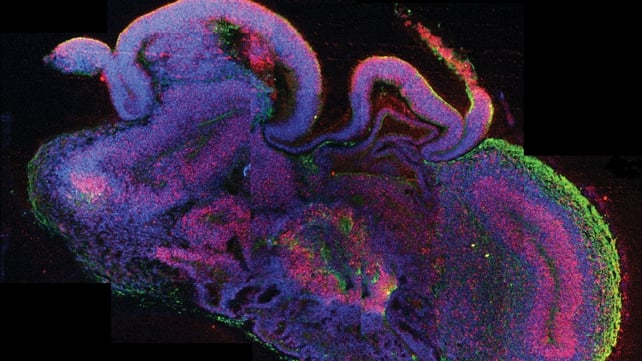 http://www.technologyreview.com/news/518716/researchers-grow-3-d-human-brain-tissues/
http://www.technologyreview.com/news/518716/researchers-grow-3-d-human-brain-tissues/
Scientists at the Austrian Academy of Sciences have turned human stem cells into pea-sized mini-brains with a neural structure similar to the brain of a developing embryo. These “cerebral organoids”, as they are termed formally, are the best living model of a human brain created to date.
Leave a Reply